 |
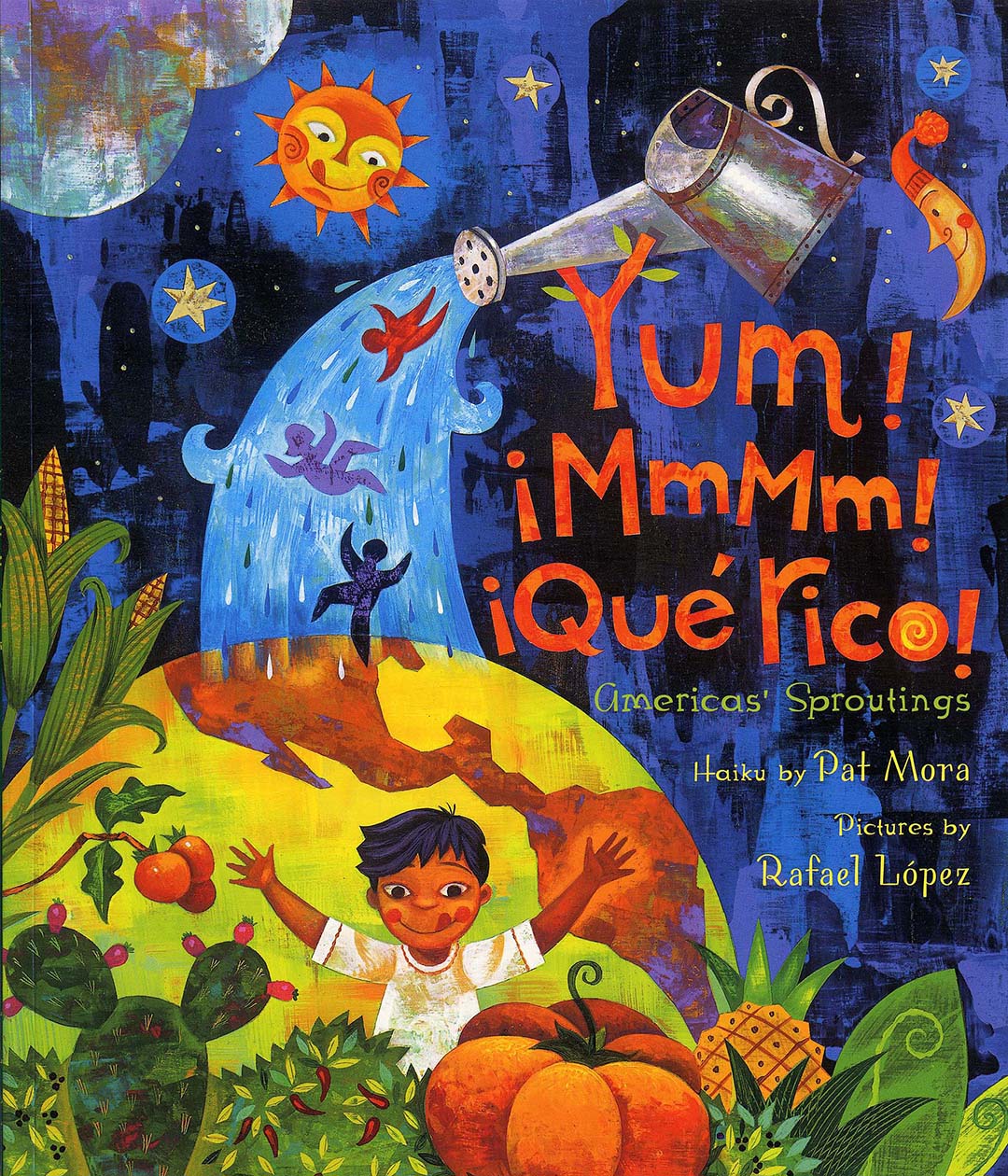 |
Celebrated writer Pat Mora has written dozens of books—including many Spanish- and English-language books of poetry—for children, teenagers, and adults. Born in El Paso, Texas, to parents who immigrated from Mexico to the United States, Mora has won several significant awards for her writing and advocacy, including the 2017 Texas Institute of Letters Lon Tinkle Award for Lifetime Achievement. Mora’s delightful children’s books celebrate people like Sor Juana Inés de la Cruz, a courageous early feminist and Mexican poet, and imaginary figures like Doña Flor, a beloved giant. Santa Fe, New Mexico-based Mora has collaborated with her daughter Libby Martínez on I Pledge Allegiance, a book about immigration and a family’s experience when their great aunt decides to become a U.S. citizen. And her excellent four-part La Familia book series offers young children and their families an entry into bilingual literacy.
Learning about El Día del Niño, the Mexican Day of the Child, inspired Mora to reimagine the holiday in the United States as a day celebrating children, cultural diversity, and literacy. In 1996, Mora launched El día de los niños/El día de los libros (Children’s Day/Book Day)—now a national literacy celebration supported by REFORMA, the National Association to Promote Library & Information Services to Latinos and the Spanish Speaking, and the Association for Library Services to Children, a division of the American Library Association. Earlier in her career, Mora also coined the term “bookjoy!” which she describes in part as the “private pleasure of settling down with a good book.” (“Literacy Teammates.”)
 |
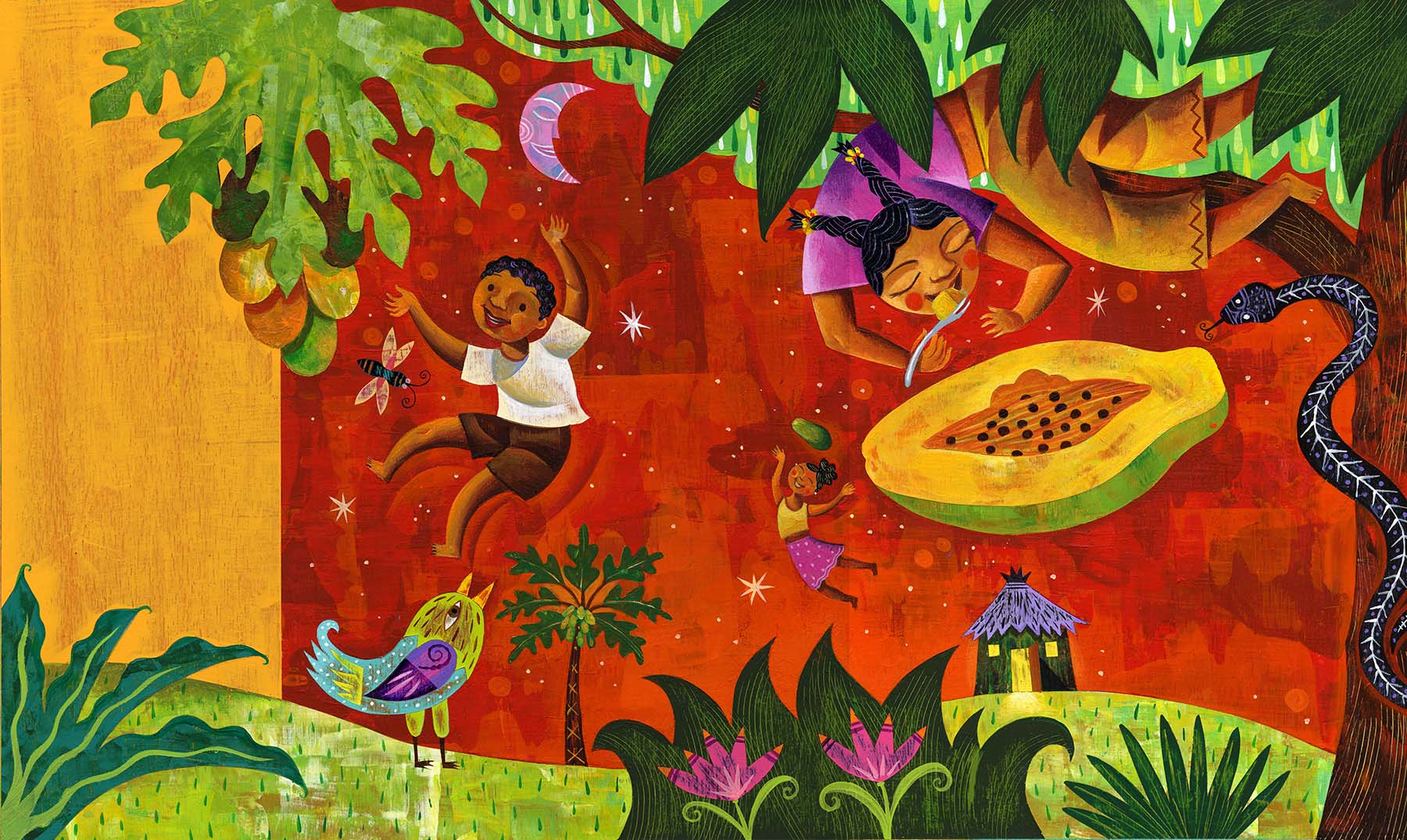 |
Born in Mexico City and based in San Diego, California, and San Miguel de Allende, Guanajuato, celebrated illustrator and muralist Rafael López has illustrated children’s books, seven U.S. Postal stamps, and posters, drawing from his experiences with “Mexican surrealism and myths.” (Wikipedia) His gorgeous illustrations “reflect and honor the lives of all “reflect and honor the lives of all young people” (RafaelLopez-Books.com) with “intense color” (Wikipedia) and powerful imagery.
|
Náhuatl |
Español |
English |
|
|
(chee·lee) (listen) |
(chi·leh) (listen) |
(chill - ee) (listen) |
|
 |
(sho·KWA·til) |
(choh·koh·lah·teh) (listen) |
(chaa·kluht) (listen) |
 |
**this word comes from the Taíno language** Náhuatl has many words containing "corn" |
(mah·ees) (listen) |
(korn) (listen) |
 |
(mahts·ah·tlee) |
(pee‧nyah) (listen) |
(pai·na·pl) (listen) |
 |
 |
 |
 |
Images from the Indigenous Seed Keepers Network
The Indigenous Seed Keepers Network urges that "[s]eeds are a vibrant and vital foundation for food sovereignty, and are the basis for a sustainable, healthy agriculture" and "our precious collective inheritance and it is our responsibility to care for the seeds as part of our responsibility to feed and nourish ourselves and future generations."
Native Voices: Food, Culture, and Storytelling
Learn about the history of sumac and how to make sumac lemonade with Chef Niko Albert (Cherokee Nation).

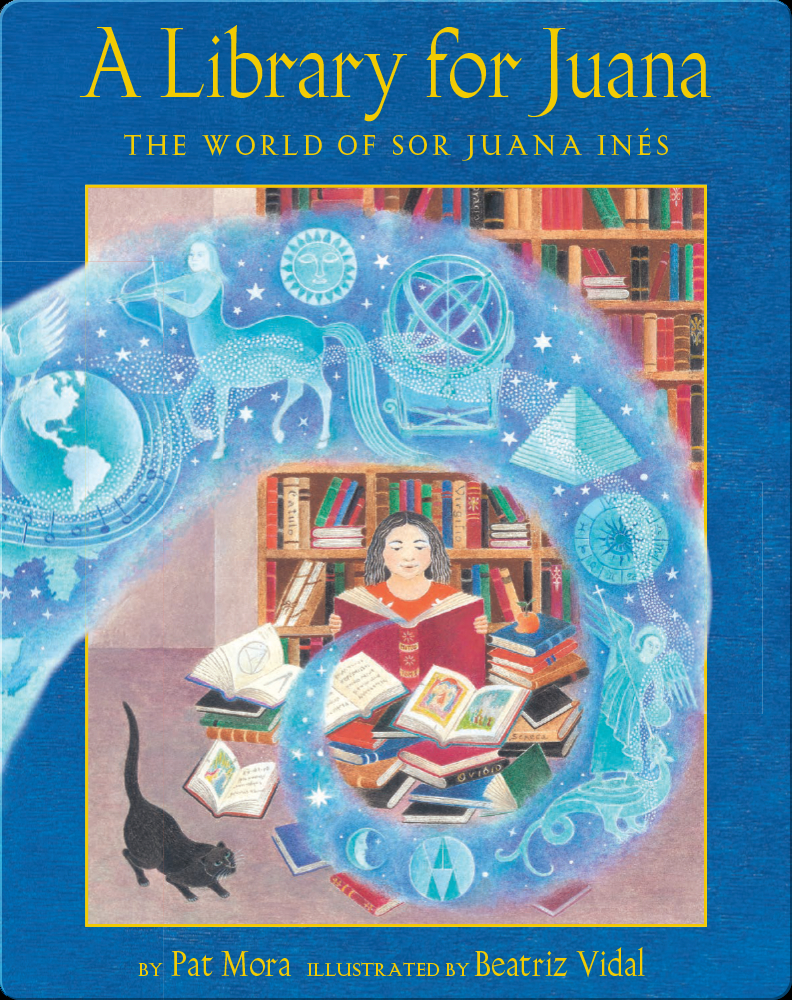 |
 |
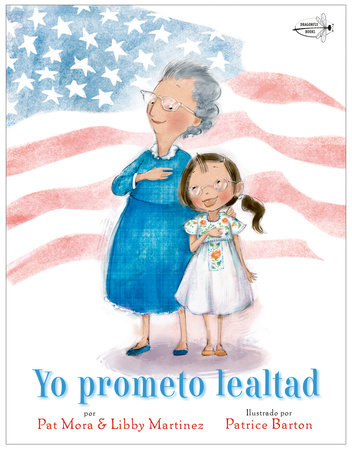 |
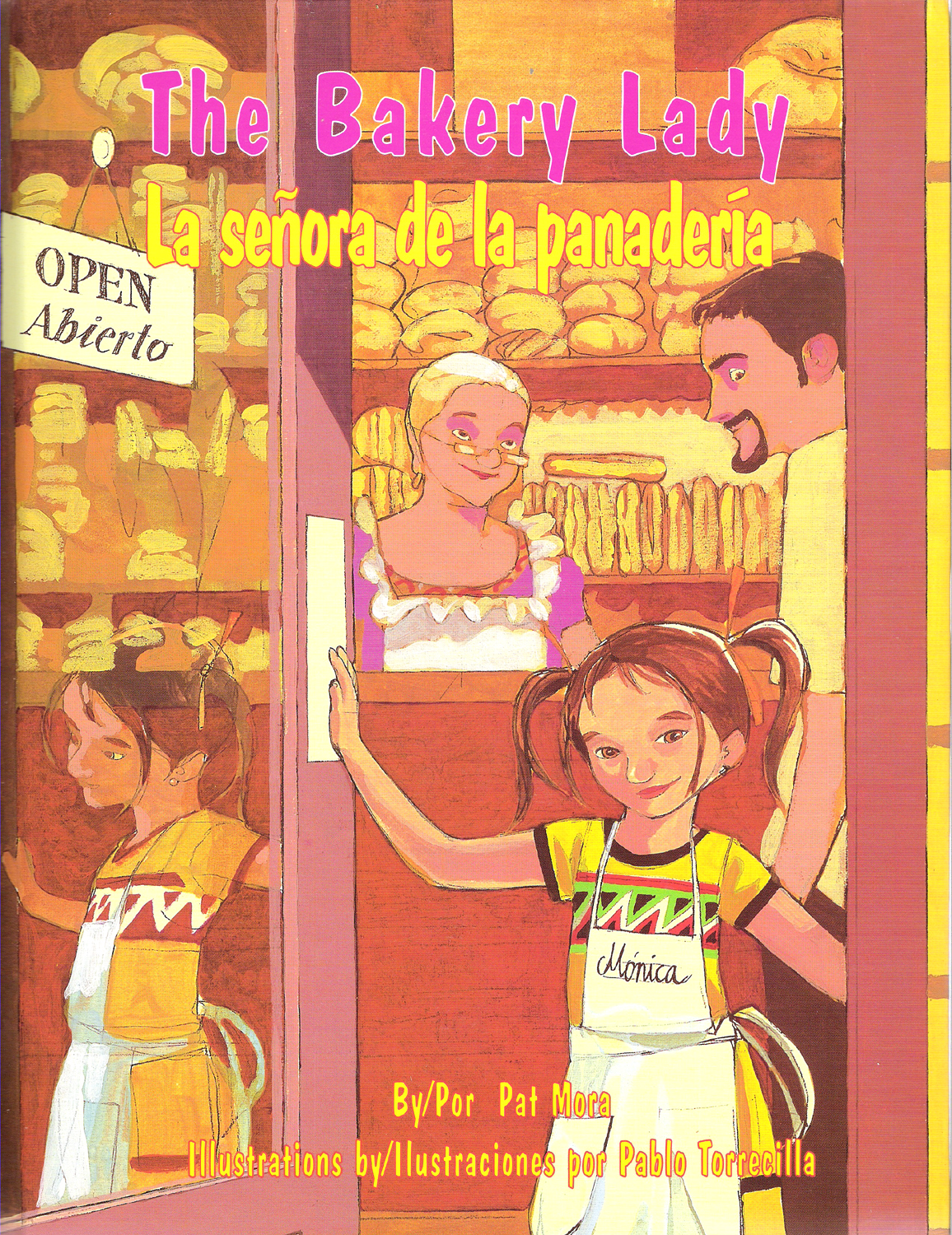 |
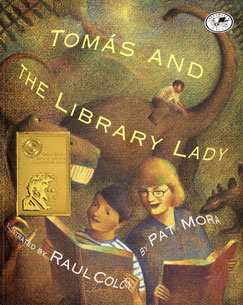 |
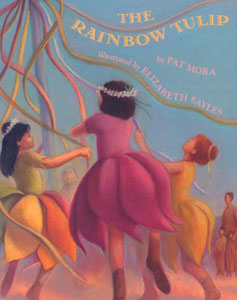 |
Some of Pat Mora’s other books for children include:
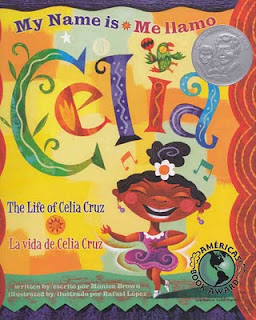 |
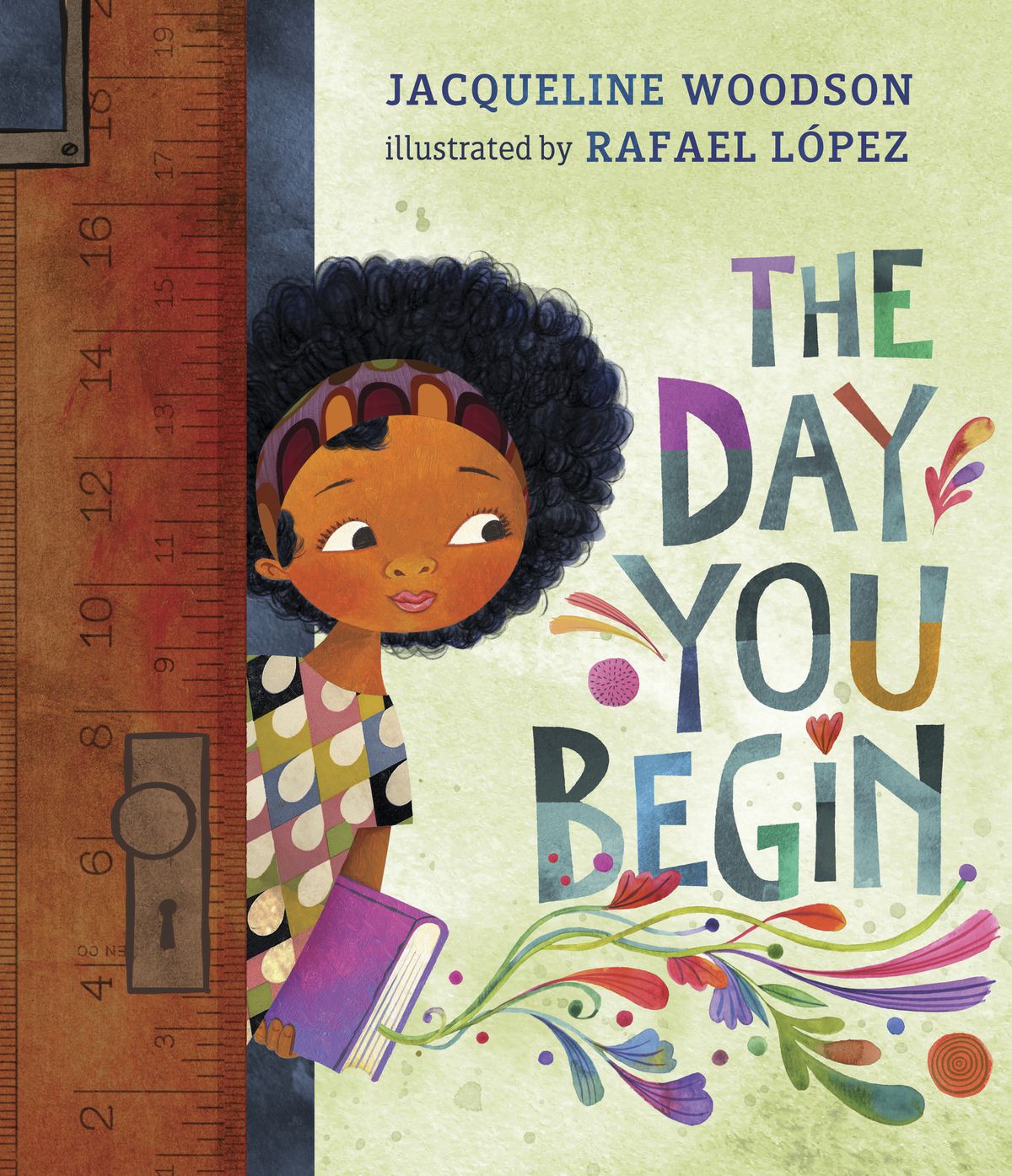 |
 |
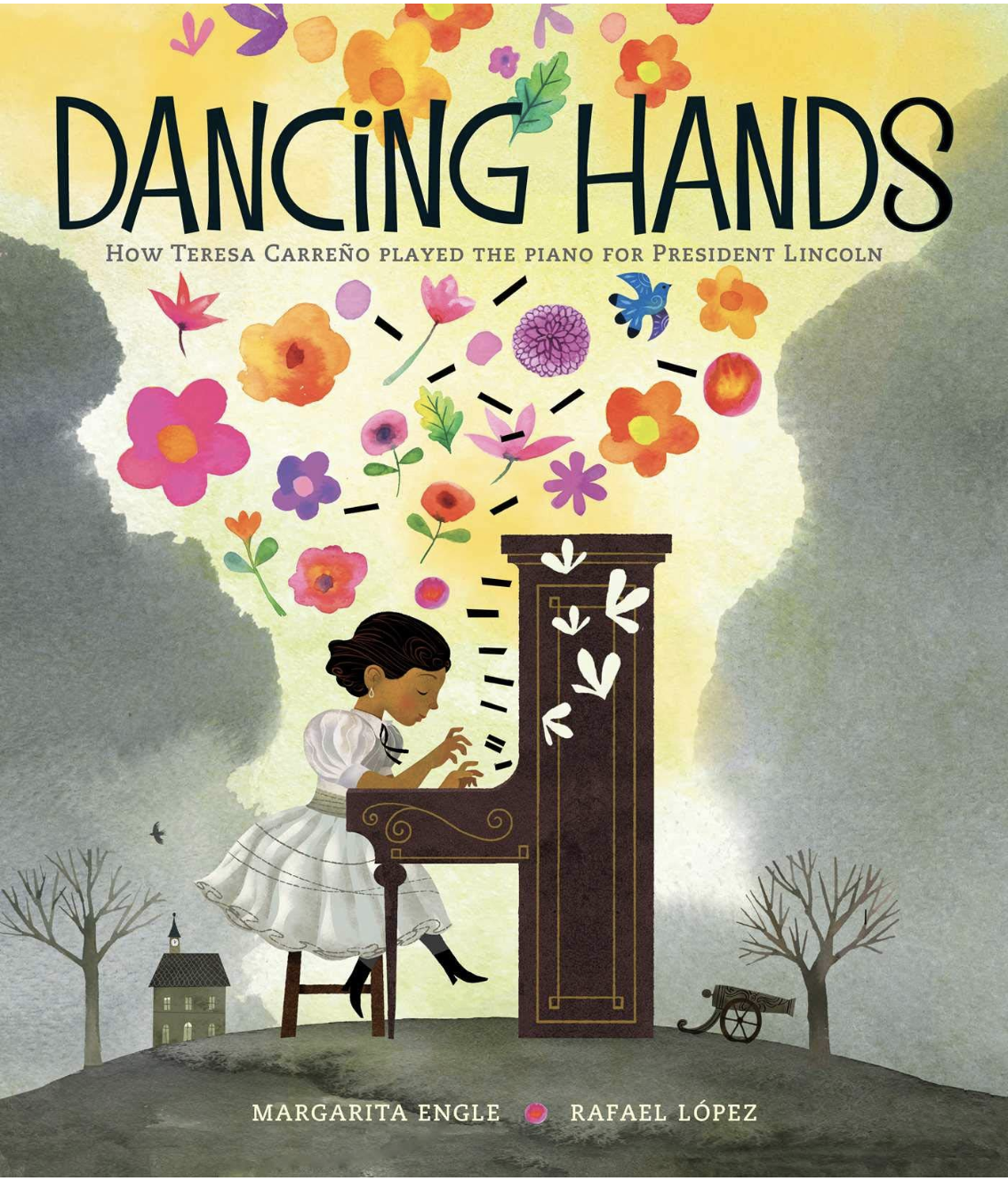 |
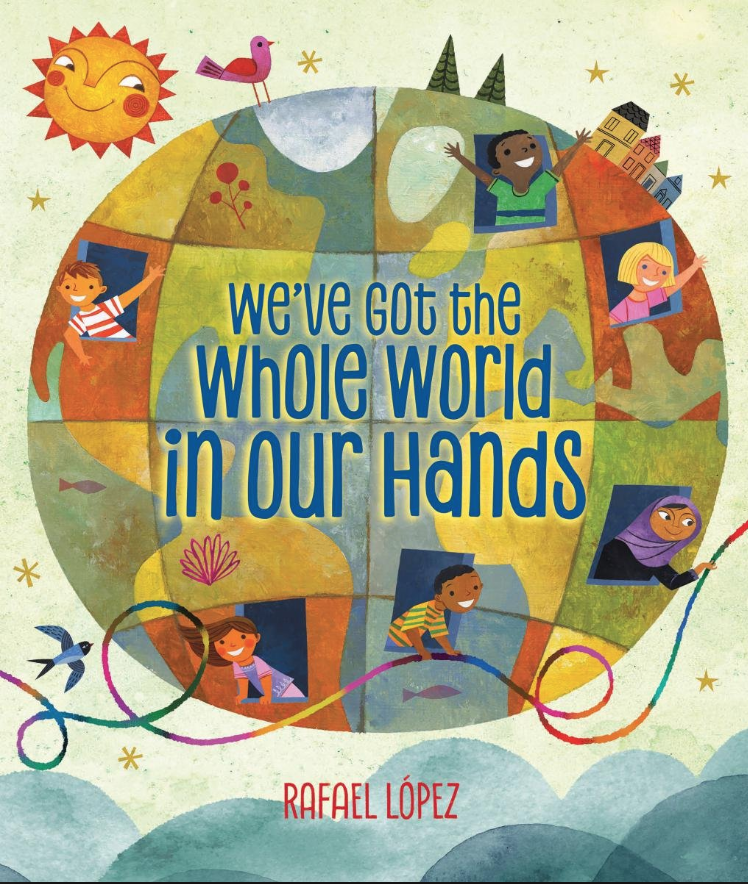 |
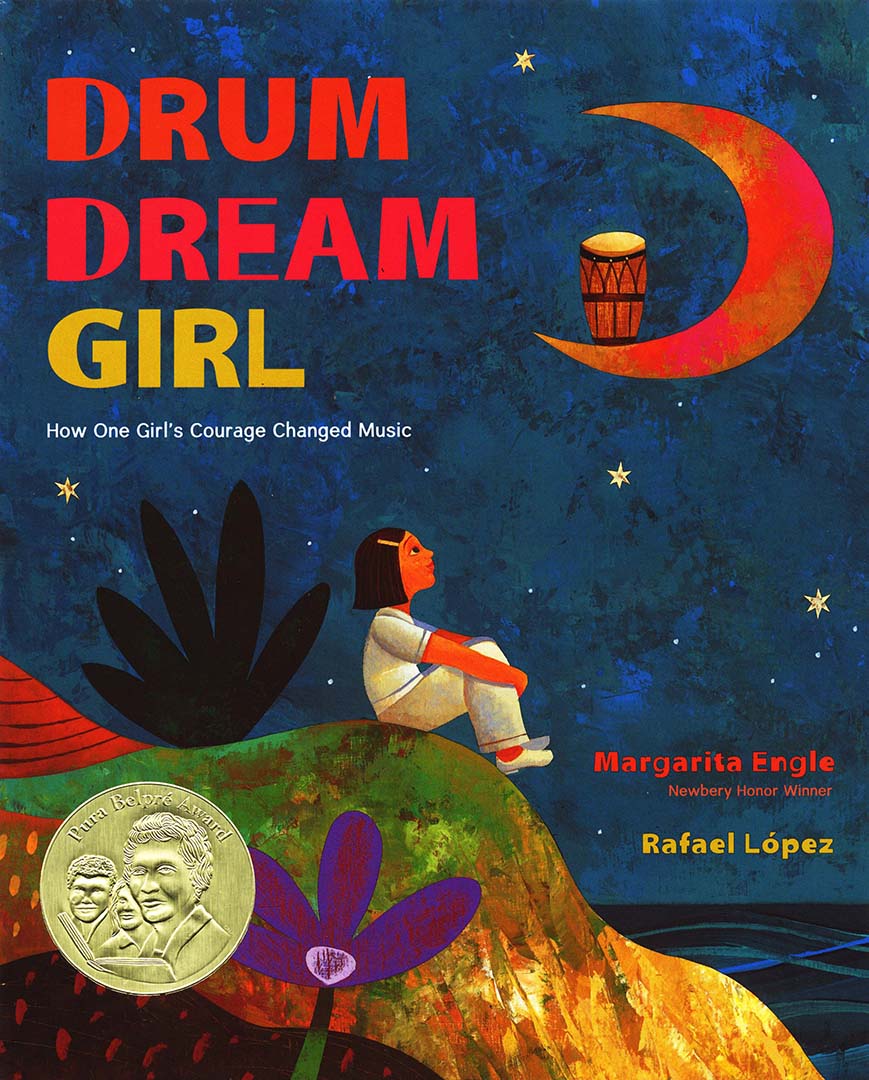 |
Rafael López has illustrated other children’s books including
“I love variety, don’t you? I enjoy pansies and roses, parrots and doves, kittens and elephants, apples and cheese, Spanish and English. I like diversity in people and poetry too. I’ve so enjoyed writing my first book of haiku, those wonderful seventeen-syllable poems of Japanese origin. Haiku invite us to leap from image to image. Since I’ve also wanted to write a poetry collection about the native foods of the Americas, I combined these interests into this book of haiku about the foods that first sprouted here, before the Americas were divided into countries.”
Pat Mora, “Dear Reader” Letter, Yum! ¡MmMm! ¡Qué Rico! Americas' Sproutings
In this quote—part of her note to the reader—beloved writer Pat Mora describes why she combined the Japanese haiku form with her long-held interest in writing about the Americas' indigenous foods, which helpfully contextualizes her book.
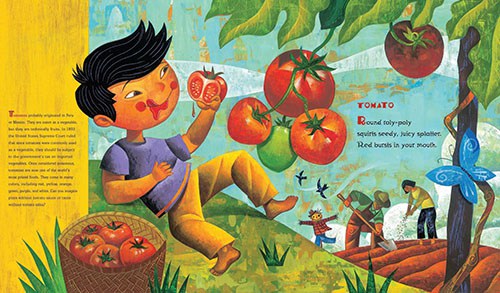
Summary
Yum! ¡MmMm! ¡Qué Rico! Americas' Sproutings is a delightful book of haiku, celebrating through vibrant words and illustrations the rich diversity of indigenous foods in the Americas. Bursting with color and evocative descriptions of the history and flavors of “Americas' sproutings,” Yum! ¡MmMm! ¡Qué Rico! Americas' Sproutings introduces young readers to indigenous- and Spanish-language words, the origins of indigenous foods, and how indigenous people used—and use—foods like blueberries, prickly pears, and pumpkins.
Groups Represented
Indigenous communities in the Americas
Suggested Age and Reading Level
Ages. This book is excellent for children between the ages of six and ten.
Grade levels. 2 - 4
Lexile Measure. AD970L
Prevalent Themes
Indigenous communities in the Americas, food, fruits, vegetables, haiku
Invite your students to use haiku like author Pat Mora to celebrate their favorite foods!